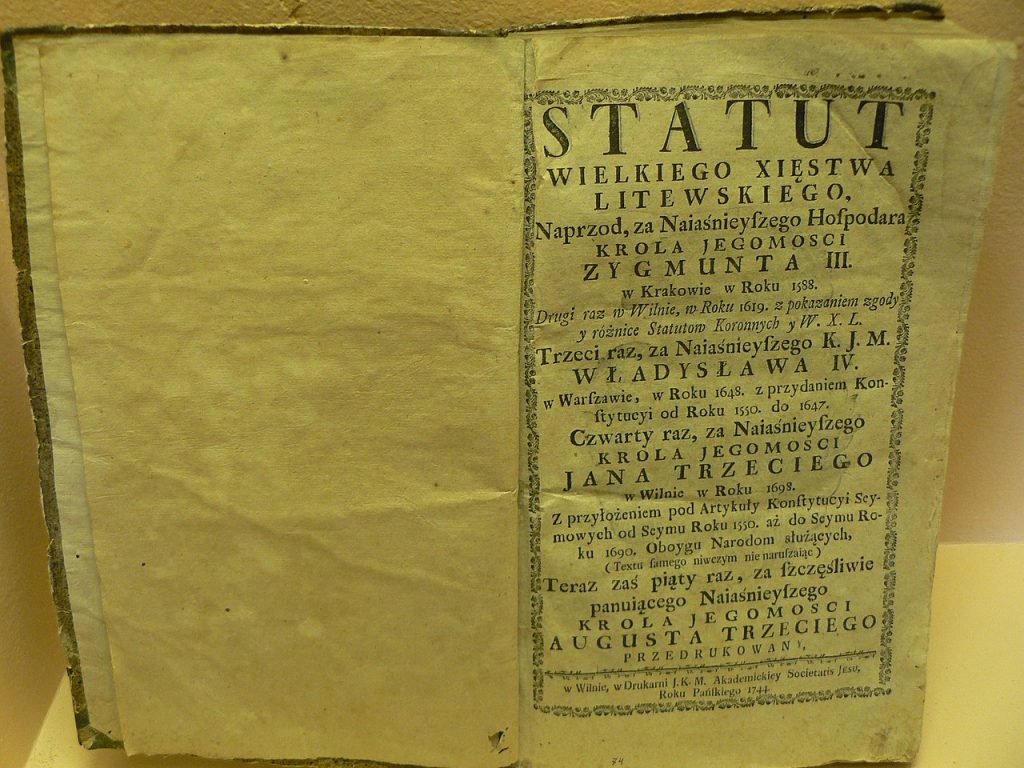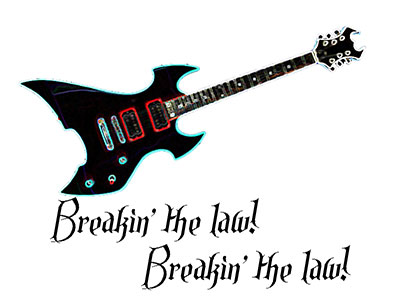
It’s a good idea to understand the finer points of English vocabulary, even if definitions don’t typically carry the force of law. Last time in this series, we looked at the difference between “betray” and “belie” and “discreet and discrete.” This time around, we’re looking at some commonly confused pairs with legal connotations.
Get a free sample proofread and edit for your document.
Two professional proofreaders will proofread and edit your document.

Statute vs. Statue
This mix-up tends to occur more often in speech than in writing. A statue is an object of art generally carved from stone or cast in metal, but the word is sometimes mistakenly used in place of “statute,” meaning a law enacted by the legislative branch of a government.
Every statute is a law, but not every law is a statute; “law” suggests universality and sovereign authority derived from commonly defined moral principles or constitutional authority. Statutory law is subordinate to constitutional law and may not conflict with or supersede a constitutional standard.
The law protects everyone’s lives, safety, and property, whereas a statute might be defined more legalistically. A motorist, for instance, can be prosecuted for speeding even if they make it safely from Point A to Point B without endangering any person or damaging any property. Speed limits are statutes; the action criminalized therein is defined as illegal in itself, whether it or not it causes perceptible harm.
“Statue” also has some fine points of distinction. It is not fully interchangeable with “sculpture.” A statue is a three-dimensional representation of the full body of a real or imaginary person, animal, or mythological creature. A head-and-shoulder bust, for instance, is a sculpture, but not a statue. “Statue” also excludes nonrepresentational sculptures.
That said, many sculptors have created works that portray abstract ideas embodied as human figures. For instance, Frédéric Auguste Bartholdi’s “Liberty Enlightening the World,” on permanent display in New York harbor, is rightly called the Statue of Liberty. So, if some enterprising artist comes up with a clever visual metaphor to portray the concept of “limitations,” we might be onto something.
Ordinance vs. Ordnance
Ordinance-with-an-i is a level of law below that of a statute. In practice, a statute often refers to state law, whereas an ordinance tends to mean a municipal or county-wide regulation, often of the “Roller-skating is prohibited on the boardwalk after dark” variety. It regards highly specific and localized rules to address problems unique to a given location, often having to do with health, sanitation, and similar small matters, punishable by fines rather than jail time.
Ordnance-with-no i comes from the same root word (ordain) but refers to military supplies, particularly to ammunition or artillery pieces. So while invoking the threat of legal action may be “pulling out the big guns” in a metaphorical sense, actual ordinances tend not to have much in the way of firepower.
Libel vs. Slander
For a change, here’s a pair that are neither spelled nor pronounced anything alike. Their meanings are related in that both words refer to defamatory statements, that is, knowing and malicious falsehoods that cause a person financial or social injury. Both are legally actionable, though with different standards of proof and different rules for public figures and private citizens.
Note that both words are not simply concerned with what’s true or false, like ProofreadingPal’s true offer of a free sample and the fake job offer from North Korean hacking group Lazarus that led to the loss of $540 million in crypto. Libel and slander provide false information specifically about a person and cause them harm.
But “they “libel” and “slander” should not be used interchangeably; the main distinction between the two lies in the medium used.
Slander (which shares a root with “scandal”) is spoken aloud, as in a news conference or public appearance, or in a stage play, film, or TV program. Libel, by contrast, appears in written form, either in print (as in a newspaper or magazine article or book) or as online text, as in a webzine, blog, or social media posting. An easy way to remember this distinction is to remember that “libel” is cognate with “library,” with both ultimately derived from a root word meaning “book.”
Flout vs. Flaunt
Finally, we have this often-transposed pair. “Flaunt” means to showcase or display one’s positive attributes, be they possessions, wealth, or good looks, as in the expression “If you’ve got it, flaunt it” (see the 1967 Mel Brooks film The Producers).
“Flout,” by contrast, means to disobey a law or rule.
It’s no mystery why these two are so commonly confused. “Flaunt” has connotations not merely of showing off, but of doing so in an obnoxious, vulgar, or contemptuous manner; similarly, “flout” brings to mind not someone who breaks the law in secret, but who does so in a brazen or shameless way, not even bothering to conceal their wrongdoing.
How to keep them straight? If it’s outrageous, out-of-order behavior from an outlaw, it’s flouting. If it deals with something you’d show off to impress your aunt (e.g., your prodigious vocabulary) flaunt away, baby. Knowledge looks good on you.
Jack F.
Get a free sample proofread and edit for your document.
Two professional proofreaders will proofread and edit your document.
Get a free sample proofread and edit for your document.
Two professional proofreaders will proofread and edit your document.
We will get your free sample back in three to six hours!